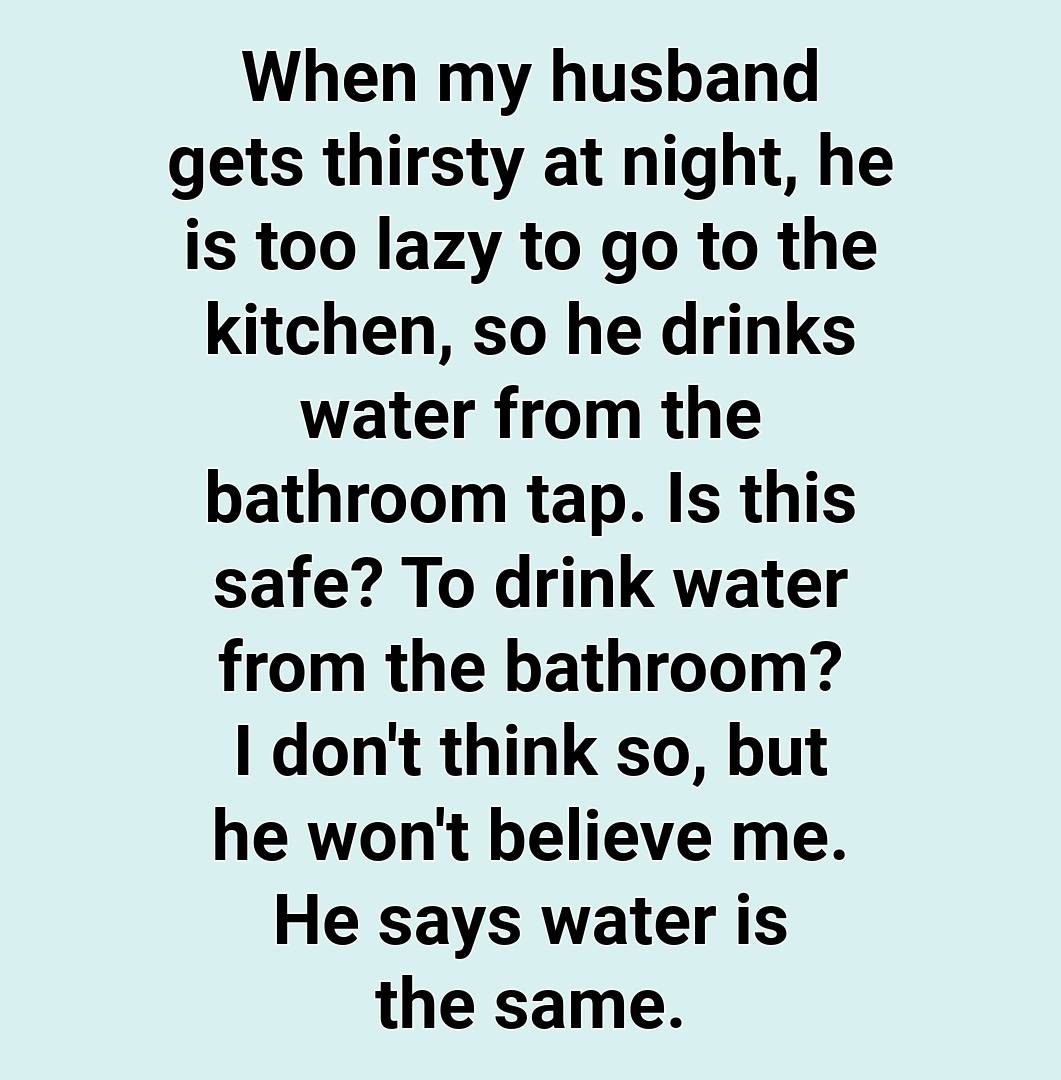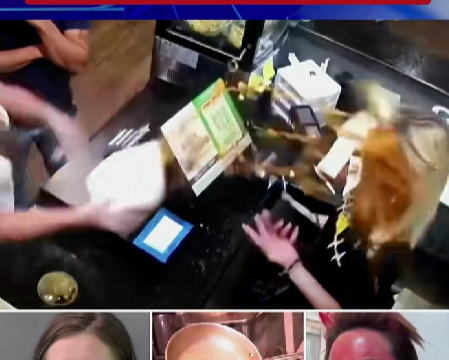When you’re feeling thirsty and a glass of water is all you need, most people instinctively head to the kitchen. It’s where we usually trust the water to be the freshest and cleanest. But what if you’re closer to the bathroom and the kitchen feels just a little too far away? Is it really okay to drink water straight from the bathroom tap?

In short, yes—most of the time, drinking bathroom tap water is perfectly safe, especially in modern homes. These days, houses are usually built with a single water supply line that distributes the same treated water to all faucets throughout the home, meaning the water coming from your bathroom sink typically originates from the same clean source as the water from your kitchen faucet. So technically, the water itself is safe to drink. However, there are a few things you should take into consideration before making it a daily habit. One of the most important factors is the age of your home’s plumbing. If you live in an older home—particularly one built before the 1980s—your plumbing system may still include outdated materials such as lead or galvanized steel pipes. Over time, these materials can corrode, leaching harmful substances or at the very least giving the water an unpleasant metallic taste.
In such cases, even if the water is safe when it leaves the municipal supply, it may pick up contaminants by the time it reaches your bathroom faucet. To be safe, if your home is several decades old and hasn’t had the plumbing updated, consider having your water tested or investing in a home testing kit. These kits are affordable and easy to use, providing quick insight into the quality of your tap water. Another important element to think about is whether your home has a water filtration or softening system installed. If you’ve added a whole-house filter, reverse osmosis system, or water softener, it’s likely that your bathroom tap water is just as clean—if not cleaner—than untreated water from the kitchen.
These systems remove minerals, chlorine, and other impurities, giving you added assurance that the water is safe and tastes good. One common misconception that often prevents people from drinking bathroom tap water is the belief that it’s somehow linked to the toilet. Let’s put that myth to rest: the water in your bathroom sink comes from the same fresh water source as your shower and kitchen sink. Toilet water fills from a separate plumbing connection and never comes into contact with your drinking supply. There’s absolutely no risk of cross-contamination in a properly functioning plumbing system. That said, while the water itself may be safe, the sink it comes from might not be.
Bathroom sinks often serve double duty for activities like brushing teeth, shaving, and handwashing, which means they can accumulate bacteria, toothpaste residue, and soap scum quickly. If your bathroom sink isn’t cleaned regularly, the surfaces around the faucet can harbor germs that might transfer to your glass or your mouth. To minimize this risk, make a habit of cleaning your sink frequently and wiping down faucet handles and the surrounding counter space. Hygiene plays a huge role in ensuring the water you’re drinking remains safe once it leaves the faucet. Of course, common sense should always prevail. If your bathroom looks like it hasn’t been cleaned in months or your plumbing system looks like it belongs in a museum, it’s probably best to head to the kitchen. But in most well-maintained homes, especially those with updated plumbing and regular cleanings, drinking water from the bathroom sink is not only safe—it’s completely fine for occasional use. Just make sure you’re grabbing a drink from the faucet and not accidentally sipping from the mouthwash bottle. At the end of the day, knowing the condition of your pipes and maintaining a clean bathroom can give you peace of mind and a convenient hydration option when the kitchen feels just a little too far away.





